Enterprise Risk and Compliance System
Enterprise Risk and Compliance System
The Problem
One of the greatest threats to the successful operation of any business is the failure to identify those factors that pose a significant risk which, in the absences of an effective strategy, could serve to compromise its performance. Such an oversight might, for instance, result in a loss of market share that, in turn, could have a significant negative impact on the bottom line.
While a simple SWOT analysis may be quite sufficient to meet the needs of a start-up, a relatively small business, or an individual product division, the complexity of an organisation increases with its growth and heightens its vulnerability. As a result, the possible impact on a large enterprise due to its failure to identify, timeously, any threats that may arise from changing market trends, its competitors’ pricing policies or a newly launched rival product is likely to be correspondingly more serious. In order to guard against such prospects effectively, a far more efficient means by which to identify and manage those potential risks will be called for.
In recent times, particularly, new acts and revisions to existing legislation have led to an increasing number of regulations with which companies must now comply. Failure to do so, whether consciously or otherwise, may carry the threat of steep penalties or even legal action. The importance of strict compliance has now posed companies with additional threats that, for efficiency, need to be included as a component of their risk management strategy.
Any system that must rely purely upon manual oversight and interventions cannot hope to fulfil this crucial need effectively on an enterprise-wide basis where success depends upon creating universal awareness and gaining the ongoing collaboration of all stakeholders, in order to implement the agreed counter strategies.
Our Solution
KPI Management Solutions offers the means to provide a fully-comprehensive enterprise risk management (ERM) application that also successfully integrates all of your relevant compliance requirements.
Consisting of selected software modules, their fundamental aim is to assist clients in understanding the risks, to which they may be exposed, as well as to determine their likelihood and to assess the possible consequences.
In parallel, this innovative solution provides the means to define the strategies with which it is proposed to reduce them to more acceptable levels and to test their validity. Furthermore, it also takes into account any possibly constraints that may be imposed by the need for a company to comply with regulations set by regulatory bodies or government legislation.
Collectively, the component modules are designed to facilitate…
- Assessment of risk, including the estimation of consequences and the management of individual risk-related targets
- Preventative, corrective or containment measures occasioned by non-conformance or other business incidents
- Management of all applicable regulatory and legal compliance requirements
- Audit committees in the coordination of their assurance measures
- Effective management of validation systems and processes
- The means by which to collate data from all of the above functions to form the basis of a workflow system with which to drive the all-important enterprise-wide participation in these activities.
Benefits of an Enterprise Risk & Compliance System
Ultimately, the most welcome gains when implementing a KPI Management Solutions Enterprise Risk and Compliance system will be those reflected in your bottom line but, overall, they include many other benefits that contribute directly to greater efficiency and the smooth running of your operation. These include…
- Access to a system that is designed for rapid implementation and is also easy to use, as it is designed specifically for the business user;
- The means to ensure company-wide participation and adoption of risk management and compliance as an essential part of the overall business process;
- The ability to access a comprehensive and up-to-the-minute snapshot detailing all of your mission critical business processes, together with any attendant risks and their related controls, and to do so at any time and in real time;
- The provision of effective tools for the generation of more meaningful and comprehensive reports for a variety of purposes; and last, but certainly not least,
- A marked reduction in the cost of conducting your company’s risk management and compliance programme, when compared with more traditional means.
Food for Thought
Have you identified all of the significant risks to the planned performance of your business? Does the time spent on analytical and remedial measures pose a risk to your core activities in itself, and do these labour-intensive activities impact your operating costs?
If there is even a chance that just one of these questions applies to your business, the answer is a cost-effective and powerful solution from KPIMS.


